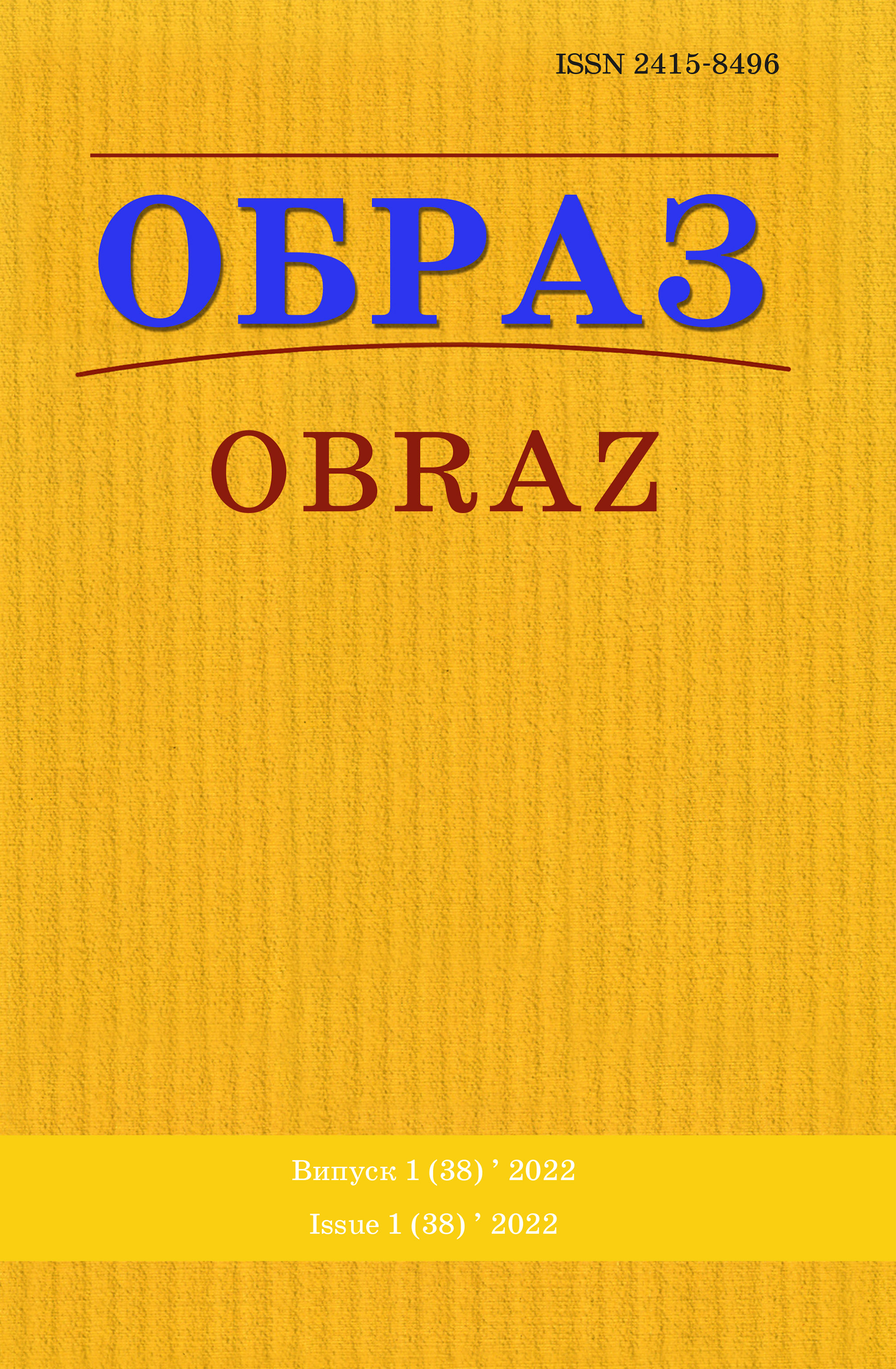Анотація
Стаття має на меті розкрити стратегію концептуалізації радянської ідентичності в контексті ідеологізації суспільства засобами масової інформації і пропаганди 1943–1960 рр. Автор проводить контент-аналіз публікацій, досліджує особливості відображення історичних подій та їх програмований вплив на формування поведінкових стереотипів аудиторії. У результаті доходить висновку, що радянізація української дійсності відбувалася, зокрема, і через медіаповідомлення, в яких чітко розмежовувалися поняття «друг» і «ворог», а також формувалося ставлення до українського через так звану «стратегію м’якої русифікації за системою Жданова». Тому формування й самоідентифікація радянської особистості визначалася принципом повного сприйняття СРСР і діяльності комуністичної партії. Відбувалася цілковита заміна цінностей, а також поступове нівелювання національних звичаїв і традицій.
Посилання
1. Brovarchuk, Yu. (1943), «In the night battle: How I lined up four German tanks», Sovietskyi Voin [Soviet warrior], no. 71 (311), p. 3.
2. «What is our strength», Sovietskyi Voin [Soviet warrior], 1943, no. 107 (347), p. 3.
3. «Where there is indifference, there is boredom», Molodyi Communar [Young Communard], 1960, no. 10 (283), p. 2.
4. «Before the establishment of a public press agency in the USSR», Molodyi Communar [Young Communard], 1961, no. 14 (365), p. 2
5. Zemlyuk, V.P. (2007), Political Identity in Ukraine During the Crisis of «Developed Socialism» and Gaining State Independence, PhD diss. (polit. sci.), National Academy of Science of Ukraine, Kuras Institute of Political and Ethnical Studies, 233 p.
6. Kolodiy, A.F. (2008), National Dimension of Social Life, Astrolabe Publishing House, Lviv, 352 p.
7. Kulchytsky, S.V. (2008), «Constitutional reform in the USSR in 1963», Encyclopedia of the History of Ukraine : vol. 5, Naukova Dumka Publishing House, Kyiv, 568 p., available at: http://www.history.org.ua/?termin=Konstitutsiyna_Reforma_V_Srsr_1936 (accessed 28 September 2021).
8. Lazarenko, O. (2003), «Political identification and political power in today’s Ukraine: illusions and horizons of new expectations», Ukraine is a problem of identity: man, economy, society. Conference of Ukrainian graduates of research internship programs in the USA, Lviv, September 18–21, pp. 155–158.
9. Moldavska, T. (2013), «Soviet identity and its influence on the formation of modern social stereotypes of the elderly (according to oral historical sources in southern Ukraine)», Proceedings. Culturology series [Proceedings. Culturology series], vol. 12, pp. 38–48.
10. Nagornaya, L.P. (2008), Regional Identity: the Ukrainian Context, National Academy of Science of Ukraine, Kuras Institute of Political and Ethnical Studies, Kyiv, 405 p.
11. Nikitin, S. (1943), «Dear, save! Stories of 36 peasants fleeing from Nazi oppression», Sovietskyi Voin [Soviet warrior], no. 109 (349), pp. 3–4.
12. Ovcharenko, G. (1943), «The feat of nine guardsmen», Sovietskyi Voin [Soviet warrior], no. 56 (296), p. 2.
13. Pochapska, O. (2021), «Formation of the agenda in printed perisodical editions of 1943 (based on the analysis of the newspapers “Azov Herald”, “Bobrynetsky Voice”, “Bug”, “Renaissance”)», Synopsis [Synopsis], no. 27 (1), pp. 14–21.
14. Romanyuk, V. (2016), «Social destructiveness and media terrorism: conceptual and theoretical aspect», TV and radio journalism [Tele- i Radiozhurnalistyka], vol. 15, pp. 219–223.
15. «Your place in the field, agitator!», Molodyi Communar [Young Communard], 1960, no. 9 (282), p. 2.

Ця робота ліцензується відповідно до ліцензії Creative Commons Attribution 4.0 International License.

